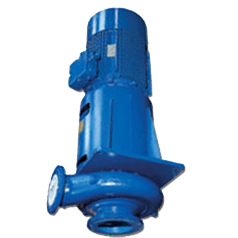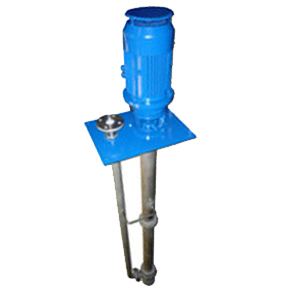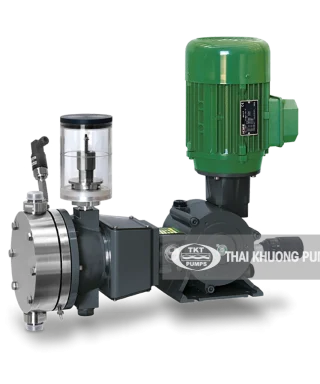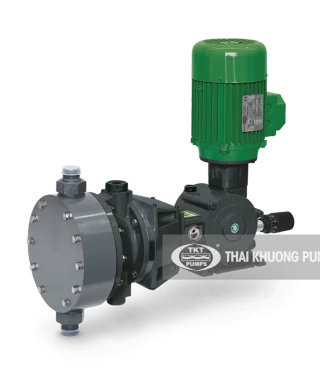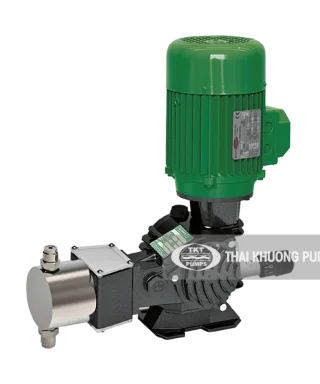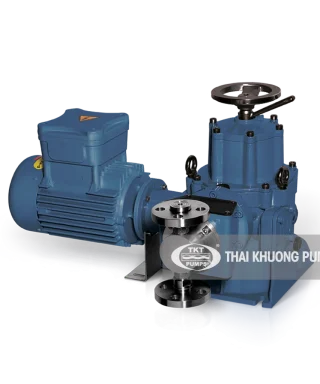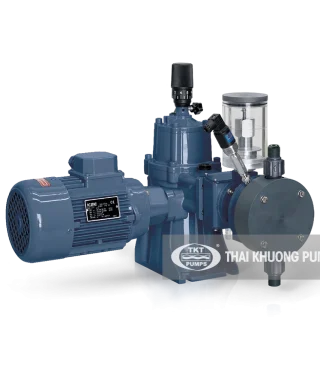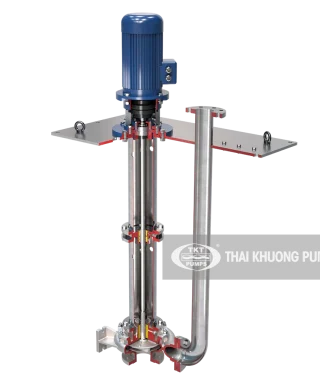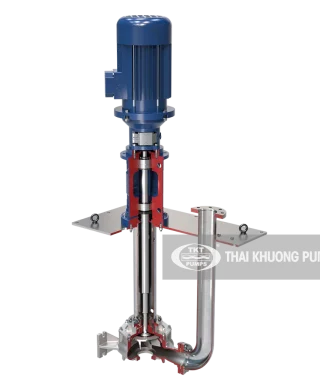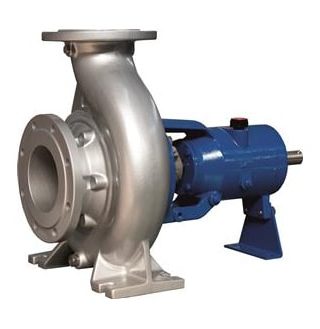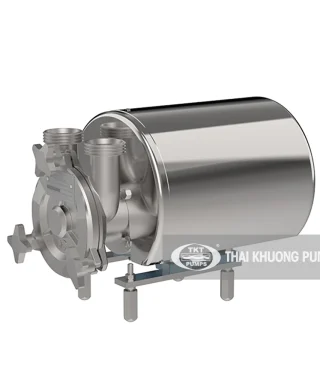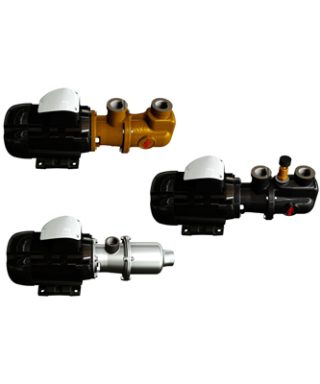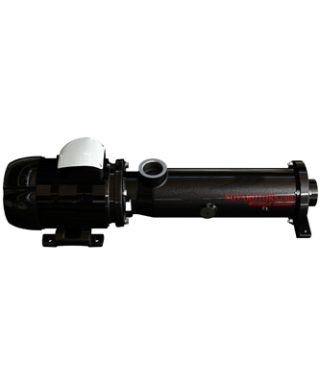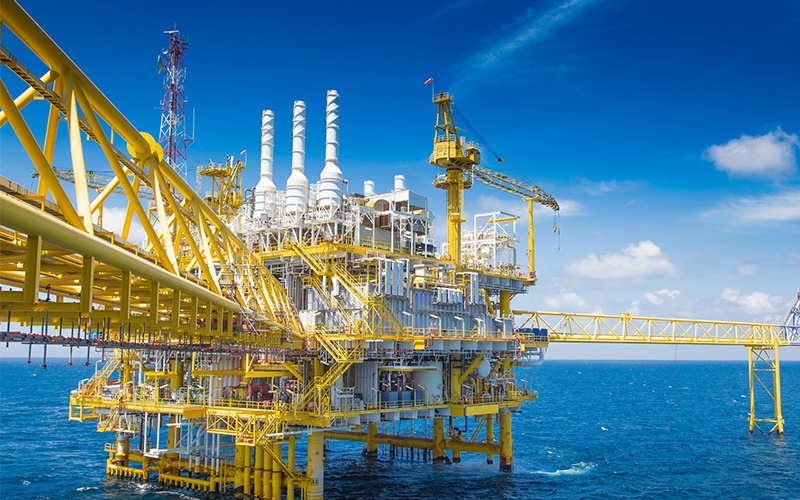
When it comes to the production of oil and gas, the industry responsible is faced with a number of obstacles and exposures; requiring unique pumping solutions and expertise.
Optimum functioning and maximum reliability are crucial, not only to ensure smooth processes but also to protect people and the environment. To process crude oil safely and efficiently all components have to be absolutely reliable. Thai Khuong Pumps takes utmost care to meet this criterion, particularly when it comes to processing pumps and valves used in refineries.
Thai Khuong Pumps pumps and valves are matched to:
- Extreme temperatures
- Highly volatile hydrocarbons and highly viscous fluids
- Aggressive fluids containing gas, solid particles or abrasive substances
Pumps are necessary components of the oil and gas industry. Whether used during the upstream, midstream, or downstream phase, pumps give gas, oil, and other fluids enough energy to flow from one location to another. Centrifugal, oil, positive displacement, oil transfer, diaphragm, and petrochemical pumps are essential in delivering oil from the ground to a tanker, then to a refinery, and then on to storage.
Oil & Gas Pumping Applications
Upstream Applications
- Mud mixers
- Drilling Mud Management
- Wellbore cement mixers
- Homogenization of water
- Oil storage/BS&W
- Desalting
- Oil sands mixers
- Natural gas (CO2 reduction)
Downstream Applications
- Alkylation
- Asphalt Cooling
- Gasoline Blending
6 Types of Industrial Pumps Used in the Oil and Gas Industry
Industrial pumps are essential devices required in every phase of oil and gas operations. Basically, they help transfer process fluids from one point to another.
For example, a pump can be used to transfer crude oil from a storage tank to a pipeline and mud pumps are used to circulate drilling mud into the annulus of a drill bit and back to a storage tank for re-purification.
In oil and gas operations, process fluids can range from easy to difficult. Depending on the nature of the substance you want to transfer and your required flow rate, you’ll need a suitable pump for your needs.
Various types of industrial pumps are utilized for fluid transfer in the oil and gas industry. Pumps used in O&G can be classified based on their design and construction and generally fall into 6 major categories:
- Centrifugal pumps
- Reciprocating plunger pumps
- Progressive Cavity pumps
- Gear Pumps
- Diaphragm pumps
- Metering pumps
1. Centrifugal Pumps
Centrifugal pumps are the most common type of pumps used in the oil and gas industry. Centrifugal pumps use centrifugal force through the rotation of the pump impeller to draw fluid into the intake of the pump and force it through the discharge section via centrifugal force. The flow through the pump is controlled by discharge flow control valves.
Single-stage centrifugal pumps are primarily used for transferring low-viscosity fluids that require high flow rates. They are typically used as part of a larger pump network comprising other centrifugal pumps like horizontal multistage pump units for crude oil shipping or water injection pumps used in secondary oil and gas recovery.
2. Reciprocating Plunger Pumps
Plunger pumps are some of the most ubiquitous industrial pumps in the oil and gas industry. Plunger pumps use the reciprocating motion of plungers and pistons to pressurize fluid in an enclosed cylinder to a piping system. Plunger pumps are considered constant flow pumps since at a given speed, the flow rate is constant despite the system pressure. A relief valve is an essential part of any plunger pump discharge piping system to prevent overpressuring of the pump and piping system.
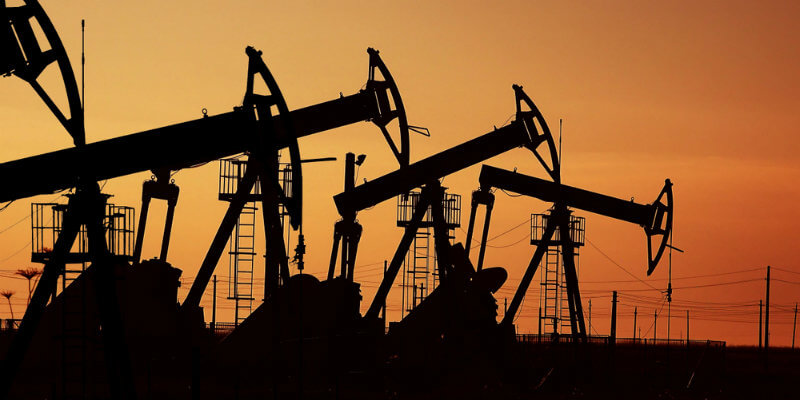
Plunger pumps require more frequent maintenance than centrifugal pumps due to the design of the moving parts. They also have a noisier operation than centrifugal pumps.
3. Progressive Cavity Pumps
A progressive cavity pump is a type of positive displacement pump and is also known as an eccentric screw pump or cavity pump. It transfers fluid by means of the progress, through the pump, of a sequence of small, fixed shape, discrete cavities, as its rotor is turned. Progressive cavity pumps are used in high viscosity applications or if blending of the pumped fluid is not desired.
Progressive cavity pumps are also considered constant flow pumps since at a given speed, the flow rate is relatively constant despite the system pressure. Flow slippage is normal at higher pressures. A relief valve is an essential part of any progressive cavity pump discharge piping system to prevent overpressuring of the pump and piping system.
4. Diaphragm pumps
Diaphragm pumps are one of the most versatile types of oil and gas pumps in the industry and transfer fluid through positive displacement with a valve and diaphragm. The working principle of this pump is that a decrease in volume causes an increase in pressure in a vacuum and vice versa.
Diaphragm pumps are suitable for high-volume fluid transfer operations in oil refineries. They also require much less maintenance than positive displacement pumps due to their fewer moving parts and less friction during operation and are available in compact designs.
On the downside, diaphragm pumps are susceptible to ‘winks’ – low-pressure conditions inside the system that slow down pumping operations. Fortunately, winks can be rectified by using a back-pressure regulator. For the same reason, they are not suitable for continuous or long-distance pumping operations as they generally don’t meet the high-pressure conditions required.
5. Gear Pumps
A gear pump uses the meshing of gears to pump fluid by displacement. Gear pumps are one of the most common types of positive displacement pumps for transferring industrial fluids.
Gear pumps are also widely used for chemical transfer applications for high viscosity fluids. There are two main variations: external gear pumps which use two external spur gears or timing gears that drive the internal gear set. The internal gears do not touch, so non-lubricating fluids can be pumped with external gear pumps. Internal gear pumps use a shaft driven drive gear to drive the internal mating gear. Gear pumps are positive displacement (or fixed displacement), meaning they pump a constant amount of fluid for each revolution.
Since the pumped fluid passes between the close gear tolerances, gear pumps are normally used for clean fluids. A relief valve is an essential component in the discharge piping system to protect the pump and piping from over pressurizing.
6. Metering pumps
A metering pump moves a precise volume of liquid in a specified time period providing an accurate flow rate. Delivery of fluids in precise adjustable flow rates is sometimes called metering. The term “metering pump” is based on the application or use rather than the exact kind of pump used. Most metering pumps are simplex reciprocating pumps with a packed plunger or diaphragm liquid end. The diaphragm liquid end is preferred since the pumped fluid is sealed inside the diaphragm. No pumped liquid leaks to the atmosphere.
Our Oil & Gas Pump Benefits
- Provides an environmentally superior dredging method to meet strict water quality standards.
- Very little turbidity or re-suspension of sediments at the suction head.
- Capable of high production rates. Comparable to much larger conventional suction dredges.
- Capable of passing large volumes of woody debris and other foreign material in sediments without clogging.
- High slurry density minimizes the volume of effluent to be treated and disposed of upland deposition of sediments.
- The capability of the technology to pump dense slurries long distances provides a pipeline alternative for transporting sediment to distant disposal sites.
- Following the solution of initial start-up problems, the prototype dredge proved capable of sustained reliable operation.
- The discharge of sediment slurry into the water column resulted in low levels of turbidity, well within the limits of stringent water quality standards, without the use of a sediment containment curtain.
Trust Thai Khuong Pumps to Meet Your Needs!
In Vietnam, Thai Khuong is honoured to be the official distributor, which has been certified as competent for famous brands such as:
Jessberger (Germany)
Wright Flow (USA)
Doseuro (Italy)
Robuschi Robox (Italy)
Caprari (Italy)
Salvatore Robuschi (Italy)
Gemmecotti (Italy)
Thai Khuong Pumps has supplied pumping equipment to many of the major oil companies, our project management and solving customer application challenges, Thai Khuong Pumps delivers critical installations where it matters.
With a dedicated Oil & Gas division Thai Khuong Pumps specialist Engineering Team draws on over a century of experience, solving demanding fluid handling challenges, for diverse applications over.
*Technical team/consultant Thai Khuong Pumps is ready to connect to support you with information about industrial pumps in the fastest way. Contact Thai Khuong Pumps immediately, so we can better assist you.
6 Types of Industrial Pumps Used in the Oil and Gas Industry
Máy bơm ly tâm
Máy bơm ly tâm
Bơm ly tâm trục ngang
Bơm ly tâm trục ngang
Bơm ly tâm trục đứng
Bơm ly tâm trục đứng
Bơm ly tâm trục đứng
Bơm định lượng
Bơm định lượng
Bơm định lượng
Bơm định lượng
Bơm định lượng
Bơm ly tâm trục đứng
Bơm ly tâm trục ngang
Bơm ly tâm trục ngang
Bơm ly tâm trục ngang
Bơm ly tâm trục ngang
Bơm ly tâm trục ngang
Máy bơm ly tâm
Bơm thể tích





